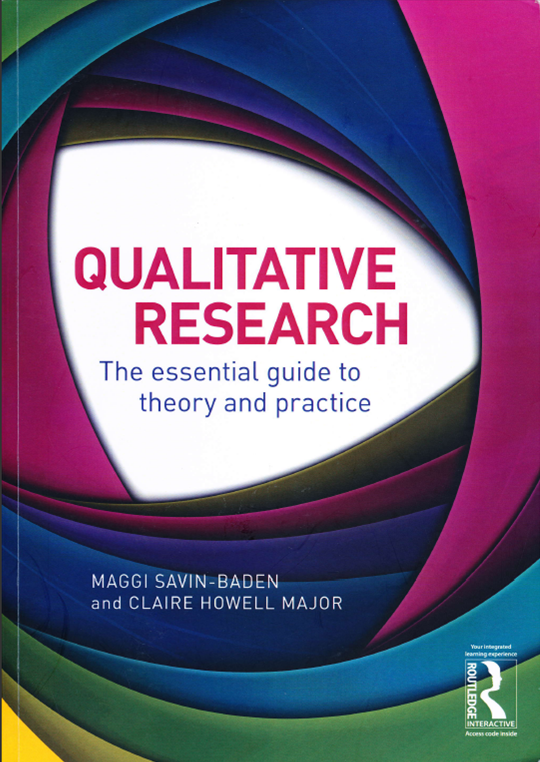This is it. The most important text on doing qualitative research. And it is excellently written.
The organization flows as a dissertation should be organized, allowing me to prepare each step in the right order. My understanding on how to conduct qualitative research, in my case pragmatic qualitative research, increases the more I read. I take notes in order to insert my own research intentions as I read along.
Any lingering doubts on which ONE book on doing a dissertation (specifically in qualitative research)....this is the one. Do not argue; just go ahead and buy this. You will thank me for recommending this. And thank the authors, Dr. Savin-Baden and Dr. Major, for their work.
